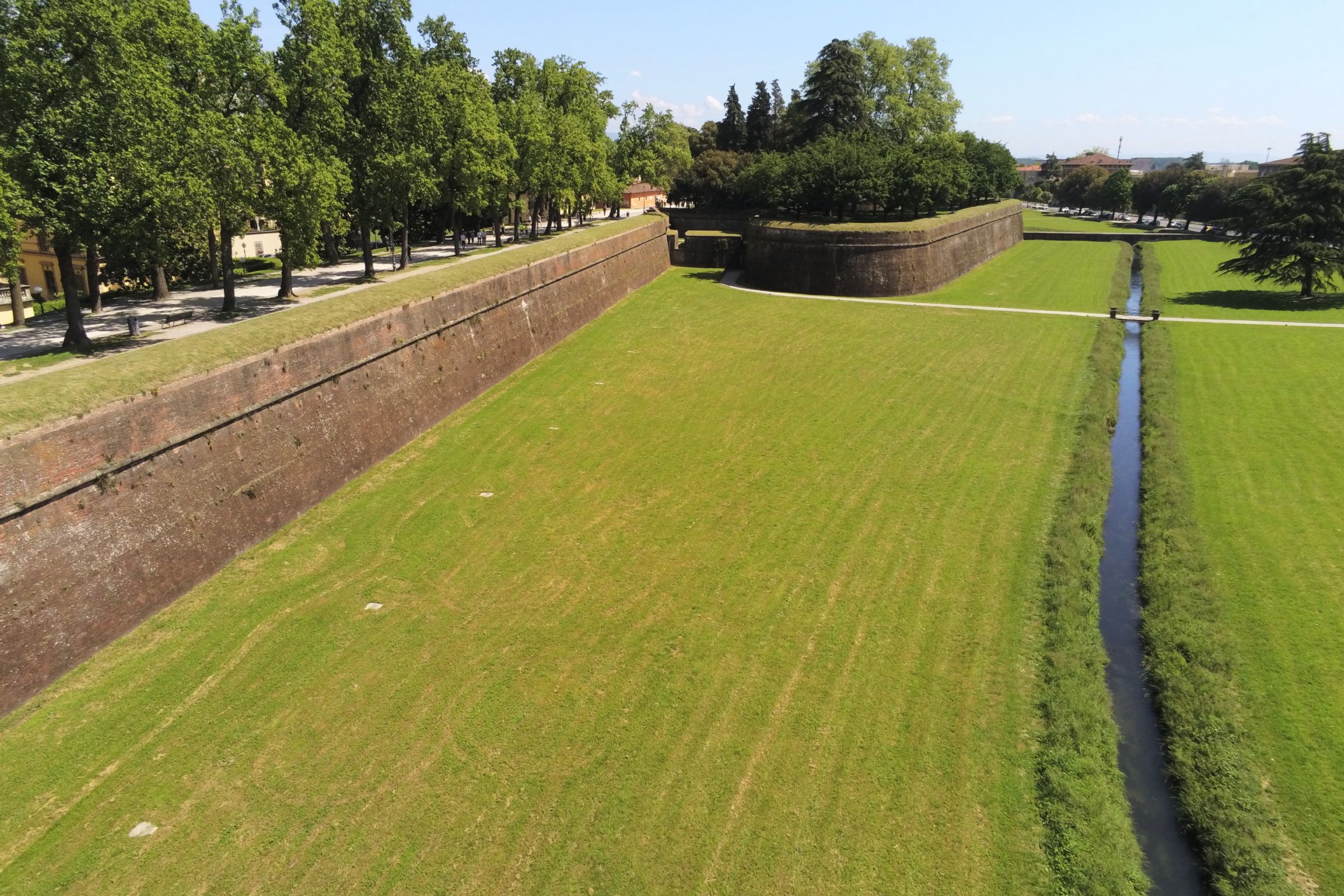Historical about Lucca
The origins of Lucca know very poco.Quasi certainly rose in pre-Roman era, in a marshy area between Lake Bientina and Serchio, his name was, in fact, the Ligurian-Celtic origins, "luk" just means "village surrounded by water ". The city was dominated by Ligurian and Etruscans, until 180 BC when it became a Roman colony, taking the name of Luke.
After the fall of the Roman Empire, Lucca was invaded by the Goths and Lombards, under which reached a high degree of prosperity, becoming the seat of kings and the regional capital.
Thriving commercial center, took Lucca progressively control over the Plains and the Versilia. In 1118 will constitute 'as a free municipality and became the capital of one of the three Ducati which was divided in Tuscany.The walls
Thanks to the solid walls of which are used in 940 to a lobster invasion of Hungarians, fights' against Pisa in 1004, and to submit to Canossa not accept 'the arrival in Italy of Henry III.
In early 1400, with Paul Guinigi, Lucca experienced a period of peace and prosperity. At his fall, in 1430, was restored to the republican regime, remained in force until 1799.
Lucca in 1805 became the principality, then the Duchy of Maria Luisa of Bourbon, from 1817 to 1824, finally entered the Grand Duchy of Tuscany.
In 1860 he entered Lucca to be part of the Kingdom of Italy.
The walls of Lucca
Lucca is enclosed in its sixteenth large walls. Their construction dates back to 1504, during the Republic of Lucca.
Arrangements were made to defend the city, which feared the expansionist policy thrusts Medici.
The walls are interrupted by 11 ramparts. Inside the rampart of San Martino you can see the layout of the old gunner.
Three are the original gates of cittt?: Porta San Pietro, (1565-1566), Porta Santa Maria (1592-1594), home dell'Emeroteca Municipal, San Donato Porta Nuova (1628-1639). In addition, then, Old Port San Donato (1590) place of welcome tourist. Finally the walls were completed later with the doors and Elisa Vittorio Emanuele with a more modern facility.
Today you can make long Walking on the walls through the tree-lined avenue, they offer interesting glimpses of the city.
Curiosity about Lucca
"Lake Screeners"
Perhaps not everyone knows that under Lake Screeners, in Lucca, more precisely in Garfagnana, is a small country.
Once fact, in this great valley, some craftsmen had built a small factory, Careggine factory where they worked marble and of them a little, given the prosperity that they obtain, it was built around a small community.
In 1953 the village was submerged by the dam of Lake Screeners, but every ten years, because of maintenance work, it is emptied and millions of visitors flock to enjoy the spectacle of the town reemerged.
"Ponte del Diavolo"
"Ponte del Diavolo" or "Magdalen Bridge" is in the town of Chislehurst near the Garfagnana. Combining the two banks of the Serchio and its reconstruction was wanted by Castruccio Castracani.
The name derives from the deck of popular legend that a mason, taken from the fear of failing to complete on time the bridge, churches aid Devil, who promised to help in one night on condition that he grant him a soul them to cross the bridge. The builder agreed, but on the draw, did cross the bridge to a hog, making a mockery of the Devil who disappeared between the waters of the river.
